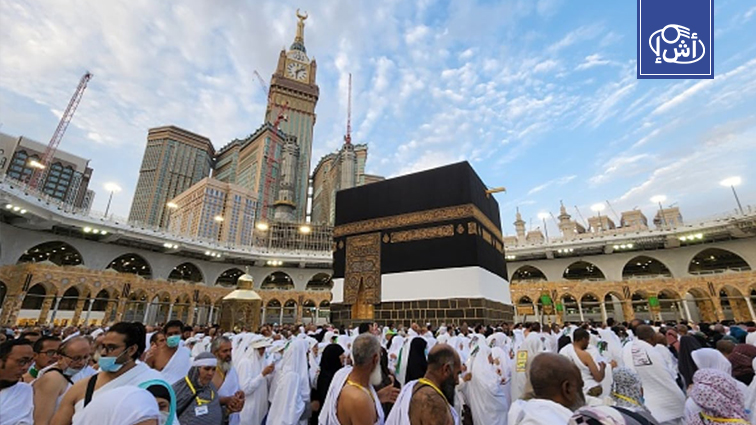This year’s Hajj rituals witnessed modern technologies and smart applications that contribute to facilitating and improving the pilgrims’ experience inside the holy sites.
The most prominent techniques that were used:
- Self-driving air taxi: This technology was integrated to provide an efficient means of transportation within the holy sites, which contributed to reducing traffic congestion and facilitating the movement of pilgrims.
- Intelligent and medical robots: Robots have been used to provide medical and counseling services. Robots have played a major role in providing fatwas with simultaneous translation in 11 languages, in addition to basic medical services and medical directives.
- Smart applications and digital services: Applications have been developed that provide various services such as displaying pilgrim data, locations of important places, and the possibility of submitting complaints and evaluating services, which contributed to improving the pilgrims’ experience and facilitating their procedures.
- Technologies in cleaning and distributing resources: Smart technologies were used in cleaning and distributing water and basic resources inside the holy sites.
- Smart Rituals Card: This card was launched to facilitate communication and provide services to pilgrims, as it contains the pilgrim’s personal and health data and allows quick access to important services and information.
By using these technologies, the pilgrims’ experience was enhanced, a more organized and comfortable environment was provided, and communication and coordination between the concerned authorities was improved, which reflects the Kingdom of Saudi Arabia’s commitment to continuously developing and modernizing pilgrimage services.
The Saudi Ministry of Interior reveals details of a horrific rape and murder
